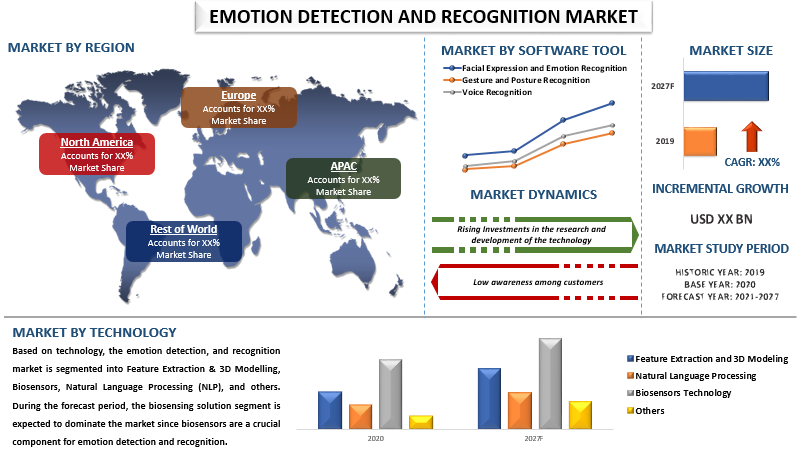As the digital landscape continues to evolve, office information management is becoming more crucial than ever. In 2025, organizations will face increasing amounts of data, new technologies, and changing work environments, making it necessary to adapt and streamline information management practices. Effective information management not only enhances productivity and collaboration but also ensures compliance and security in an increasingly digital world. This article explores the best practices for managing office information in 2025, offering insights on how businesses can prepare for the challenges and opportunities of the future.
The Evolving Role of Office Information Management
Office information management is no longer just about organizing files and documents. As we move into 2025, it encompasses a wide range of data types—documents, emails, digital files, multimedia, and even communications from collaborative tools. With the rise of remote work and cloud-based systems, the management of information has become more decentralized and complex. The ability to capture, store, organize, and retrieve information quickly and securely will be vital for businesses striving to remain competitive.
As remote and hybrid work models continue to dominate the business world, organizations will need systems that support collaboration across different locations and devices. Information must be accessible from anywhere, anytime, while also being properly protected from data breaches and cyber threats.
Centralized and Cloud-Based Systems
In 2025, businesses will increasingly rely on cloud-based systems to manage office information. Cloud storage solutions allow for easier access to files across multiple devices and locations, making them ideal for hybrid and remote teams. Cloud platforms like Microsoft 365, Google Workspace, and others offer seamless collaboration tools, making it easier to store, share, and edit documents in real time.
The centralization of data within a cloud-based system not only streamlines workflows but also improves data security. With the increasing prevalence of cyberattacks, using a secure cloud service ensures that your organization’s information is protected with advanced encryption methods and continuous backups. Moreover, cloud-based systems make it easier to scale as businesses grow, adding more storage or capabilities without the need for significant infrastructure investment.
Data Privacy and Security
In 2025, data privacy and security will remain top priorities for office information management. As businesses accumulate vast amounts of sensitive data, protecting that information becomes paramount. Regulations such as GDPR and other local data protection laws have already set high standards for data security, and in the future, stricter compliance measures are expected.
Organizations will need to implement robust security protocols, including multi-factor authentication, end-to-end encryption, and regular security audits to ensure that their data remains protected. Additionally, businesses must provide proper training to employees about the importance of data security and the risks of phishing, malware, and other threats. Effective information management systems will include built-in security features that limit access to sensitive data and ensure that only authorized personnel can view or edit certain files.
Artificial Intelligence and Automation in Information Management
One of the most transformative trends in office information management is the integration of artificial intelligence (AI) and automation. In 2025, AI will play a key role in organizing, categorizing, and retrieving office data. AI tools can analyze large volumes of information and automatically tag or classify files based on content, improving efficiency and reducing human error.
Automation will also streamline repetitive tasks such as data entry, document processing, and file organization. AI-powered chatbots and virtual assistants can help employees quickly find the information they need, enhancing productivity and allowing workers to focus on more strategic tasks. By implementing AI and automation, businesses can significantly reduce administrative workload and create a more efficient, responsive office environment.
Document and Content Collaboration Tools
Collaboration will be a critical aspect of office information management in 2025. As teams become more distributed and diverse, using collaborative tools will be essential for managing and sharing documents, ideas, and projects. Platforms like Slack, Trello, and Asana will continue to evolve, providing integrated solutions for file sharing, real-time communication, and task management.
Using cloud-based collaboration tools ensures that teams can work on documents simultaneously, track changes in real time, and communicate without the need for constant meetings. Document management systems that support version control, automated backups, and audit trails will become standard practice to ensure that all edits are tracked and information is protected.
Furthermore, businesses should embrace integrated solutions that link communication, file sharing 오피사이트 , and project management in a single platform. This integration streamlines workflows, reduces information silos, and increases efficiency across teams.
Standardizing Data Management Practices
To keep office information organized and accessible, businesses must adopt standardized data management practices. This includes setting clear guidelines for file naming conventions, folder structures, and document types. Consistency across all departments helps ensure that information can be easily found, shared, and used by the right people at the right time.
Standardization also applies to metadata. Proper tagging and categorization of files allow for quicker searches and better organization of content, which is critical as the volume of data continues to grow. By implementing a standardized approach to data management, organizations reduce the risk of information overload and maintain a clear and structured approach to accessing essential documents.
Emphasizing Employee Training and Knowledge Sharing
As information management systems become more sophisticated, ensuring that employees are properly trained to use these tools is crucial. In 2025, businesses will need to invest in ongoing training programs that not only cover the use of new technologies but also promote best practices for managing data securely and efficiently. Employees should understand the importance of organizing files correctly, adhering to security protocols, and ensuring that documents are accessible when needed.
Moreover, businesses should foster a culture of knowledge sharing. With so much information available digitally, employees must be encouraged to share insights, updates, and best practices to ensure that everyone has access to the right information at the right time. Knowledge management tools and platforms that encourage sharing and collaboration will be essential in keeping teams aligned and informed.
Sustainability and Paperless Practices
As environmental concerns continue to grow, businesses will increasingly embrace paperless practices as part of their office information management strategy. Going paperless not only reduces the need for physical storage space but also minimizes waste and contributes to sustainability goals. In 2025, organizations will focus on digitizing their workflows, reducing paper usage, and implementing document management systems that allow for the secure storage and retrieval of digital files.
Sustainability will also be a priority when choosing the technologies that support office information management. Cloud providers will be under pressure to operate with renewable energy sources and reduce their carbon footprint. As a result, businesses will be more selective in their choice of tools and platforms, prioritizing those that align with their sustainability goals.
Conclusion
Effective office information management in 2025 will require businesses to adapt to new technologies, security challenges, and evolving work environments. By centralizing data in cloud-based systems, embracing AI and automation, and emphasizing security and collaboration, organizations can streamline their workflows and stay competitive in a fast-paced world. Standardizing data practices, investing in employee training, and prioritizing sustainability will be key to building a resilient, efficient, and responsible information management strategy. With the right approach, businesses can harness the power of information to drive growth, innovation, and success in the future.




